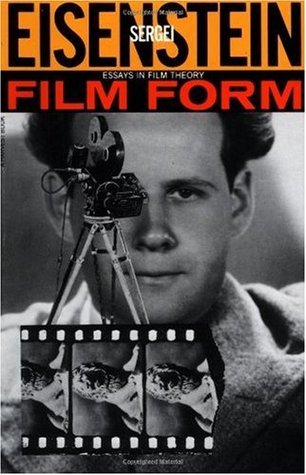
From Sergei Eisenstein, a legendary pioneer in filmmaking and director of Battleship Potemkin, Film Form collects twelve essays written between 1928 and 1945 that demonstrate key points in the development of his film theory and in particular his analysis of the sound-film medium. "By turns savagely polemical and whimsically humorous...Eisenstein's last book, like all his writings, is on fire with imagination...Jay Leyda, well-known authority on Eisenstein's work, has done an excellently thorough job of editing and translating."— Saturday Review
Author

Sergei Mikhailovich Eisenstein was a Soviet film director and film theorist, a pioneer in the theory and practice of montage. He is noted in particular for his silent films Strike (1925), Battleship Potemkin (1925) and October (1928), as well as the historical epics Alexander Nevsky (1938) and Ivan the Terrible (1944, 1958). In its 2012 decennial poll, the magazine Sight & Sound named his Battleship Potemkin the 11th greatest movie of all time. Eisenstein was among the earliest film theorists. He believed that editing could be used for more than just expounding a scene or moment, through a "linkage" of related images. He developed what he called "methods of montage": 1) Metric 2) Rhythmic 3) Tonal 4) Overtonal 5) Intellectual Eisenstein's articles and books—particularly Film Form and The Film Sense—explain the significance of montage in detail. His writings and films have continued to have a major impact on subsequent filmmakers.